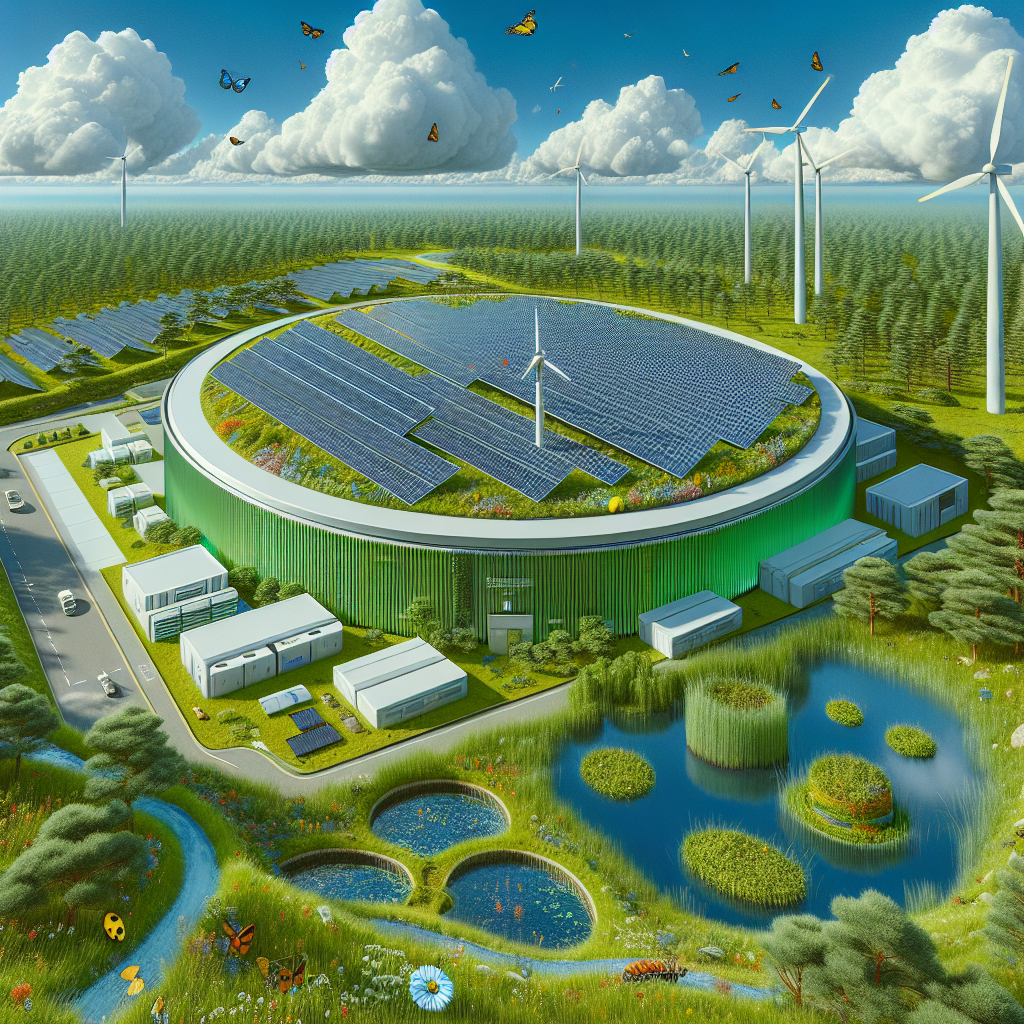Data centers are often seen as energy-hungry behemoths, consuming vast amounts of electricity to power the servers and cooling systems that keep our digital world running smoothly. However, many data centers are now leading the way in environmental responsibility, implementing innovative solutions to reduce their carbon footprint and promote sustainable practices.
One of the biggest challenges facing data centers is the sheer amount of energy they consume. According to the U.S. Department of Energy, data centers in the United States alone consumed about 70 billion kilowatt-hours of electricity in 2014, accounting for about 1.8% of total electricity consumption in the country. This massive energy consumption has significant environmental impacts, including greenhouse gas emissions and air pollution.
In response to these challenges, many data centers are implementing energy-efficient technologies and practices to reduce their environmental impact. For example, some data centers are using advanced cooling systems that use less energy and water, such as free cooling systems that use ambient air to cool servers instead of traditional air conditioning. Other data centers are investing in renewable energy sources, such as solar panels and wind turbines, to power their operations.
In addition to reducing energy consumption, data centers are also finding ways to reuse and recycle waste products. For example, many data centers are now recycling old servers and other electronic equipment, preventing them from ending up in landfills and releasing harmful chemicals into the environment. Some data centers are also repurposing waste heat from their servers to warm nearby buildings or generate electricity, further reducing their environmental impact.
Furthermore, data centers are increasingly focusing on sustainability in their overall operations. Many data centers are implementing green building practices, such as using energy-efficient lighting and insulation, to reduce their environmental footprint. Some data centers are also implementing water conservation measures, such as using recycled water for cooling systems and landscaping.
Overall, data centers are leading the way in environmental responsibility by implementing innovative solutions to reduce their energy consumption and promote sustainability. By investing in energy-efficient technologies, renewable energy sources, and recycling programs, data centers are not only reducing their environmental impact but also setting an example for other industries to follow. As the demand for data continues to grow, it is essential that data centers continue to prioritize environmental responsibility and lead the way towards a more sustainable future.


Leave a Reply